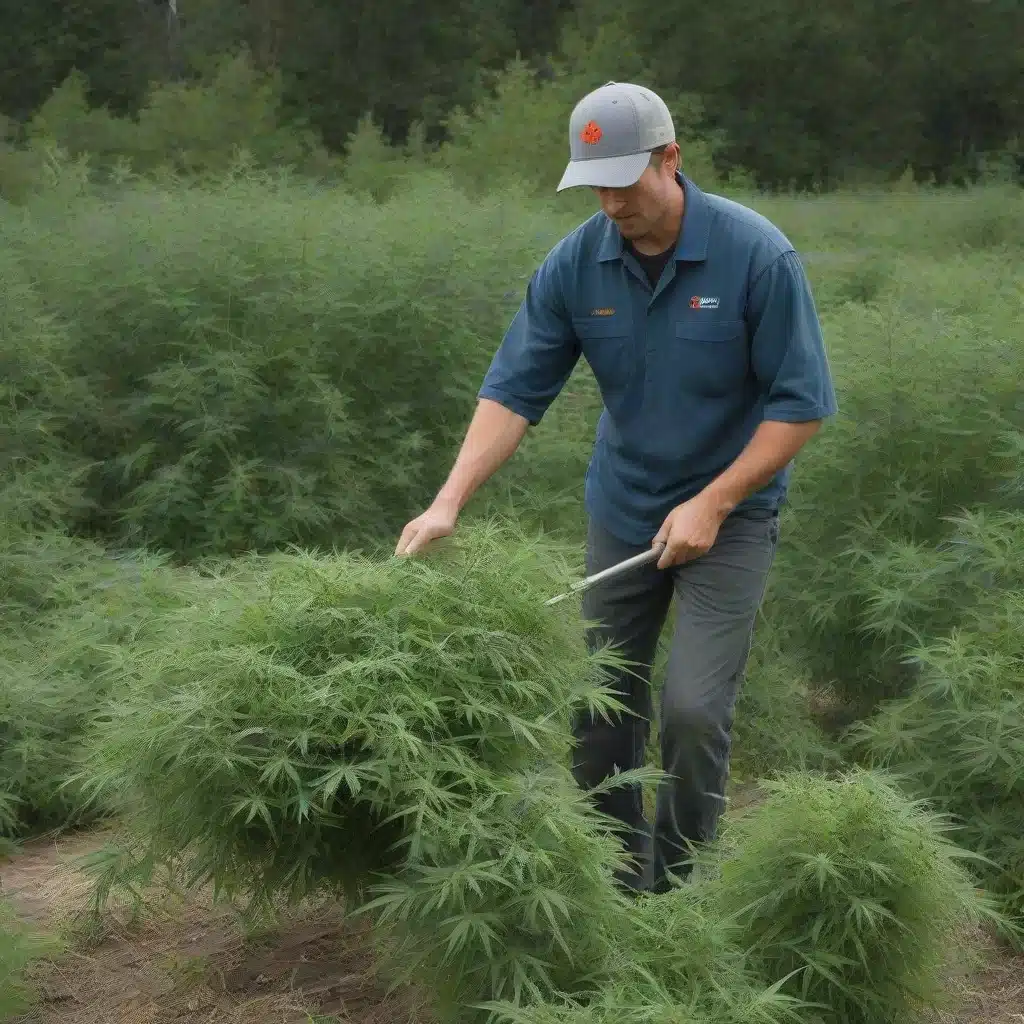Table of Contents
Weed harvesting, a crucial step in the cultivation process, requires a deep understanding of plant growth and maturation. From germination to flowering, each stage of the cannabis plant’s life cycle plays a vital role in determining the quality and potency of the final product.
In this blog post, we’ll explore the science behind weed harvesting, delving into the factors influencing plant growth and maturation.
1. Germination: The Beginning of Life
The journey of weed harvesting begins with germination, the process by which a cannabis seed sprouts and begins to grow. During germination, the seed absorbs water and activates enzymes, triggering metabolic processes that lead to the emergence of a seedling. Factors such as temperature, humidity, and light play crucial roles in the germination process, influencing the speed and success of seedling development.
2. Vegetative Stage: Growth and Development
Following germination, the cannabis plant enters the vegetative stage, characterized by rapid growth and development. During this phase, the plant focuses on building structural integrity and establishing a robust root system. Factors such as light intensity, nutrient availability, and environmental conditions (temperature, humidity, airflow) profoundly impact vegetative growth. Proper management of these factors ensures healthy foliage development and sets the stage for successful flowering.
3. Flowering: The Maturation Phase
Flowering marks the transition from vegetative growth to reproductive maturity, signaling the onset of weed harvesting. In response to changes in light cycles (photoperiod), the cannabis plant shifts its energy towards flower production. The flowering stage is characterized by the development of buds, which contain the plant’s psychoactive compounds (cannabinoids) and aromatic oils (terpenes). Factors such as light duration, temperature, humidity, and nutrient balance influence flowering dynamics and ultimately determine bud quality and yield.
4. Ripening: Maximizing Potency and Flavor
As the flowering stage progresses, the cannabis buds undergo ripening, a critical phase in weed harvesting where cannabinoids and terpenes reach peak levels of potency and flavor. Ripening is influenced by factors such as genetics, environmental conditions, and cultivation techniques. Optimal harvesting timing is essential to capture the full spectrum of cannabinoids and terpenes while avoiding degradation or loss of potency.
5. Harvesting Techniques: Timing and Methodology
Determining the ideal time for weed harvesting requires careful observation and attention to detail. Experienced cultivators monitor trichome development and maturity indicators such as pistil color and bud density to gauge ripeness. Harvesting too early can result in underdeveloped buds with lower potency, while harvesting too late may lead to cannabinoid degradation and loss of flavor. Once ripe, cannabis buds are carefully trimmed and cured to enhance flavor, aroma, and shelf life.
6. Environmental Factors: Impact on Growth and Quality
Environmental factors play a significant role in weed harvesting, influencing plant health, growth, and cannabinoid production. Light intensity, spectrum, and duration affect photosynthesis and flowering dynamics, while temperature and humidity levels impact plant metabolism and water uptake. Nutrient availability and soil composition also influence plant health and nutrient uptake, affecting overall growth and bud quality. By optimizing environmental conditions, cultivators can maximize yield and potency while minimizing stress-related issues.
7. Harvesting Considerations: Sustainability and Efficiency
In addition to plant biology and environmental factors, weed harvesting considerations also include sustainability and efficiency. Cultivators strive to minimize resource consumption and environmental impact by adopting sustainable cultivation practices such as water conservation, energy efficiency, and waste reduction. Efficient harvesting techniques, such as automated trimming and processing systems, streamline operations and maximize productivity while reducing labor costs and processing time. Read here more about weed harvesting.
Let’s Sum Up
Weed harvesting is a complex and multifaceted process that requires a deep understanding of plant biology, environmental factors, and cultivation techniques. From germination to ripening, each stage of the cannabis plant’s life cycle plays a vital role in determining the quality, potency, and yield of the final product.
By applying scientific principles and best practices, cultivators can optimize weed harvesting outcomes, producing high-quality cannabis that meets customer expectations and regulatory standards.



